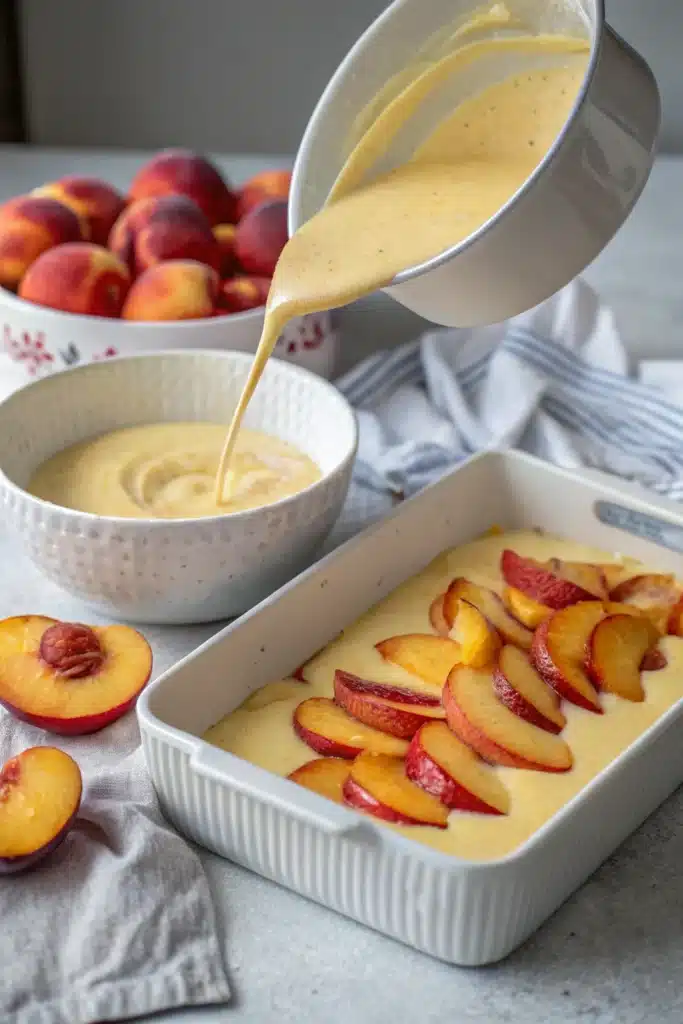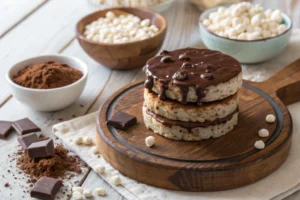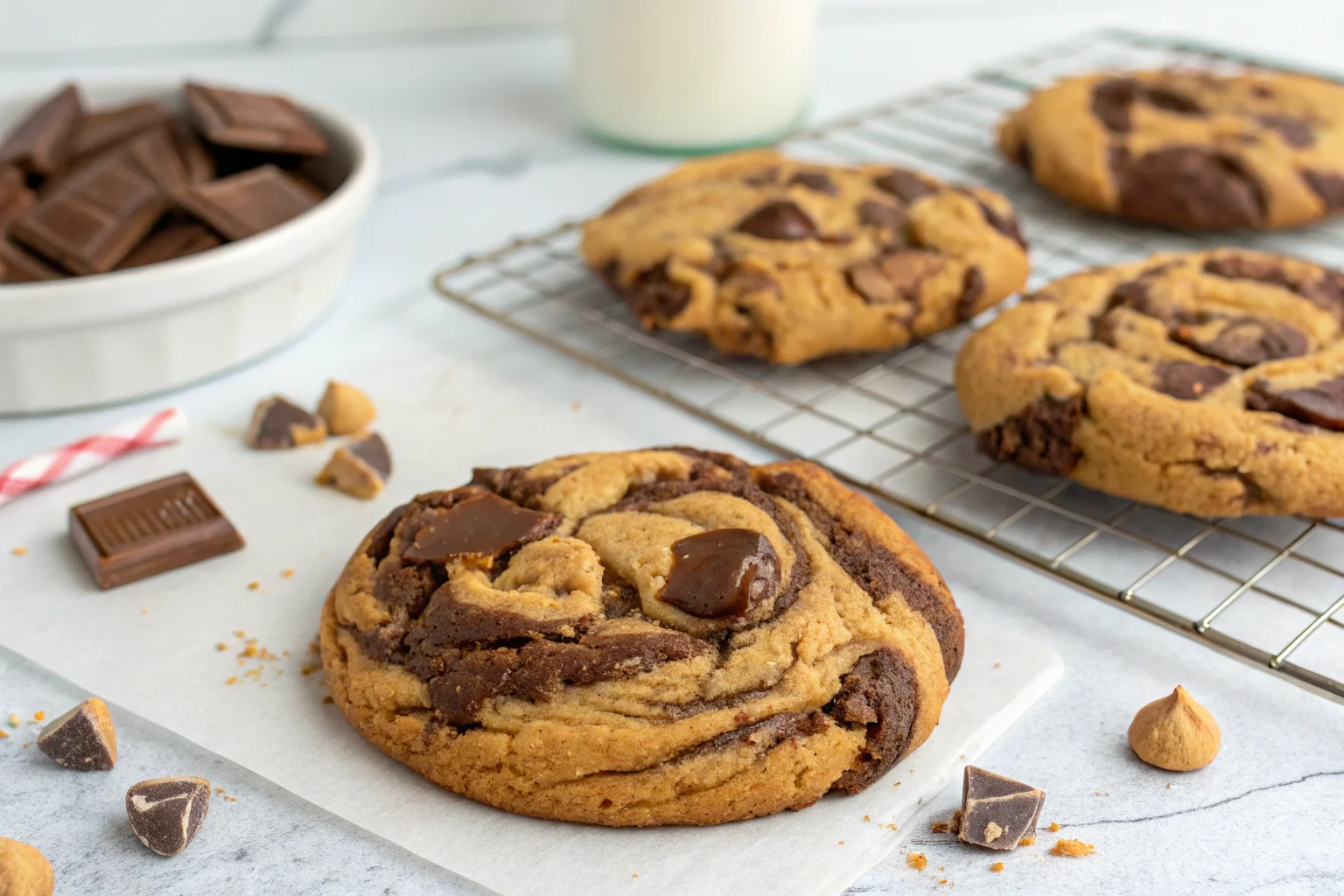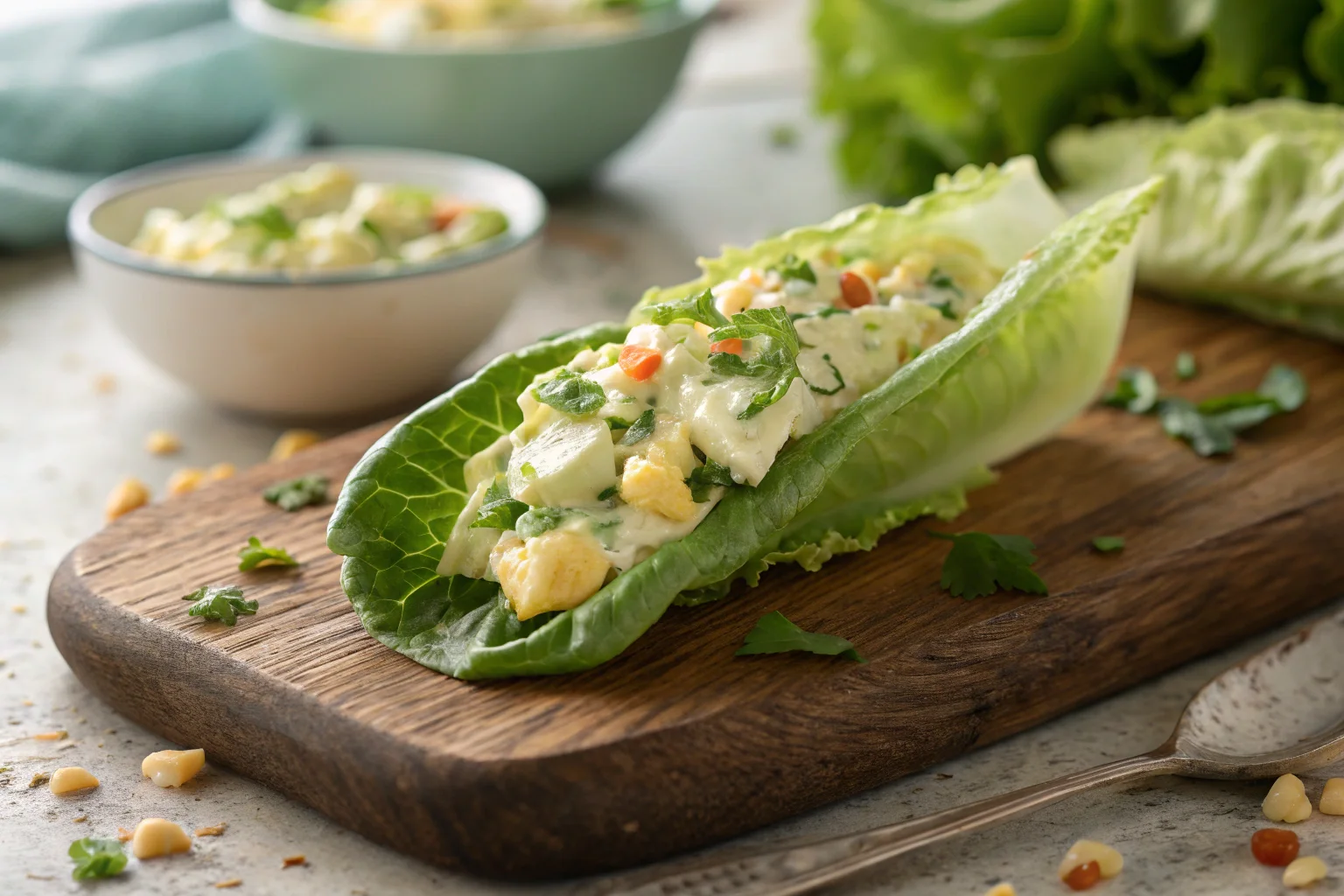If there’s one dessert that screams cozy comfort and Sunday dinners at grandma’s, it’s the old-fashioned peach cobbler. Warm, gooey, golden, and bursting with sweet peach flavor, this Southern classic has stolen hearts across generations. In this article, we’re diving deep into the beloved Old-Fashioned Peach Cobbler Recipe—where it came from, how to make it from scratch, ways to customize it, and the little secrets that make it unforgettable.
Whether you’re using fresh, frozen, or canned peaches, we’ll walk you through everything from selecting ingredients to baking and serving it right. You’ll also get expert tips, flavor-boosting variations, storage hacks, and answers to the most commonly asked questions. Oh—and of course, there’ll be some mouthwatering inspiration along the way.
Looking for the ultimate comfort dessert? Try our Old-Fashioned Peach Cobbler Recipe for a classic Southern treat!
Ready to whip up a dessert that’ll have everyone asking for seconds? Let’s get started with where it all began…
Table of Contents
ToggleIngredients for the Perfect Old-Fashioned Peach Cobbler Recipe

Creating a truly old-fashioned peach cobbler recipe starts with using quality ingredients that highlight the fruit’s natural sweetness. Whether you’re baking this Southern favorite for a summer cookout or a cozy winter evening, getting the ingredients just right is key to achieving that authentic flavor and irresistible texture.
Choosing the Best Peaches for Cobbler
When it comes to cobbler, not all peaches are created equal. Picking the right ones can make or break your dessert.
Fresh vs canned vs frozen peaches
If peaches are in season, go fresh—hands down. Look for ripe, fragrant fruit that gives slightly when pressed. Fresh peaches deliver unbeatable flavor and juiciness. But don’t worry—canned or frozen peaches can still work wonders when fresh isn’t an option.
- Canned peaches: Go for the kind packed in juice, not heavy syrup, to avoid an overly sweet filling.
- Frozen peaches: These are flash-frozen at peak ripeness, making them a great year-round alternative. Just be sure to thaw and drain them well.
Using fresh or frozen peaches preserves that homemade peach cobbler taste, while canned peaches offer convenience.
Seasonal tips for fresh peaches
The best time to grab fresh peaches is mid to late summer. If you’re shopping off-season, try a farmers market or specialty grocer. Freestone peaches are easier to work with than clingstone, as their pits pop right out—making prep a breeze.
Must-Have Pantry Ingredients
Beyond the peaches, the other ingredients in this traditional cobbler recipe are likely already sitting in your pantry.
Flour, sugar, butter, and baking powder essentials
- All-purpose flour: The foundation of the biscuit or batter topping.
- Granulated sugar: Used in both the filling and topping.
- Butter: Go with unsalted and use it cold for the best texture.
- Baking powder: This leavening agent gives your crust a tender lift.
For that classic, golden crust, don’t skimp on quality. Cold butter and accurate measurements go a long way.
Optional spices: cinnamon, nutmeg, and vanilla
While not every old-fashioned peach cobbler recipe calls for spices, adding a dash of cinnamon, nutmeg, or a splash of vanilla extract can elevate the flavor.
These additions bring warmth and depth—especially when your peaches are on the milder side.
Discover powerful wellness tips with our guide on The Health Benefits of Xango and see why this fruit is gaining popularity worldwide.
Step-by-Step Instructions to Make an Old-Fashioned Peach Cobbler

Now that you’ve got your ingredients lined up, it’s time to make magic happen. This step-by-step old-fashioned peach cobbler recipe ensures you’ll end up with a gooey, golden dessert that’s bursting with flavor. Whether you’re a first-time baker or a seasoned pro, these simple steps will guide you from prep to plate.
Preparing the Peach Filling
This is where the heart of the cobbler begins—the peachy goodness that makes every bite sing.
Peeling, slicing, and sweetening the peaches
If you’re using fresh peaches, start by peeling them. An easy trick? Blanch them in hot water for 30 seconds, then transfer to ice water—the skins slip right off.
Next, slice the peaches evenly for uniform cooking. Mix them with sugar, a bit of lemon juice, and optionally a pinch of cinnamon or nutmeg. This draws out the juices and enhances their natural sweetness.
Simmering for enhanced flavor
Want deeper flavor? Simmer the peaches gently on the stovetop for 5–10 minutes. This concentrates the juices, softens the fruit, and thickens the syrup slightly—making for a more luscious filling.
Mixing and Pouring the Batter
Now for the topping. It should be light, tender, and slightly crisp on top once baked.
Traditional batter preparation
In a bowl, combine flour, sugar, baking powder, and a pinch of salt. Add cold, cubed butter and mix until crumbly. Then, stir in milk or buttermilk just until the batter comes together—don’t overmix. You want a rustic, spoonable batter.
Layering technique: batter or fruit first?
Here’s the age-old question: batter first, or peaches first?
For a classic old-fashioned peach cobbler recipe, pour melted butter into your baking dish, then add the batter. Finally, spoon the peach mixture on top—but don’t stir! This layering creates that signature cobbler texture, where the batter rises through the fruit and crisps on top.
Baking Your Cobbler to Perfection
With your dish assembled, it’s time to bake. This step brings it all together with a golden, bubbling finish.
Best baking temperature and time
Preheat your oven to 375°F (190°C). Bake the cobbler for 40–45 minutes, or until the topping is a rich golden brown and the filling is bubbly around the edges.
How to know it’s done: golden crust indicators
The top should look slightly crisp with deep caramel-colored edges. Insert a toothpick into the topping—it should come out clean. And if you hear bubbling? That’s your cue it’s ready.
Variations on the Old-Fashioned Peach Cobbler Recipe
While the old-fashioned peach cobbler recipe is a timeless classic, there’s always room to make it your own. Whether you’re catering to dietary needs or simply craving something new, these delicious twists on the traditional recipe will help you personalize this dessert without losing its rustic charm.
Gluten-Free and Vegan Alternatives
You don’t need dairy or gluten to enjoy a flavorful cobbler. In fact, with a few smart swaps, you can serve a version that suits almost any guest—and still tastes amazing.
Dairy-free swaps and flour substitutes
To make your cobbler vegan or dairy-free, substitute the butter with plant-based alternatives like coconut oil or vegan butter. Instead of milk, use almond, oat, or soy milk. These keep the crust moist and tasty while remaining dairy-free.
For a gluten-free peach cobbler, choose a 1-to-1 gluten-free flour blend that includes xanthan gum. You can also try almond flour or oat flour for a more wholesome, nutty flavor.
Plant-based tips for flavor balance
Plant-based cobblers can lack some of that buttery richness, so add depth with extra vanilla extract or a splash of maple syrup. A touch of lemon zest in the filling also brightens the flavor beautifully. Don’t forget to taste as you go!
Creative Flavor Additions
Tired of the same-old cobbler every summer? Try these bold, flavorful variations to impress your guests or just shake things up in your kitchen.
Bourbon, ginger, and brown sugar ideas
Adding a tablespoon or two of bourbon to the peach filling introduces a deep, caramel-like note that complements the fruit perfectly. Want a little kick? Grate in some fresh ginger or add a sprinkle of ground ginger for warmth.
Brown sugar can be swapped in for white sugar to give your cobbler a richer, molasses-like taste. This change deepens both the aroma and flavor—especially when combined with cinnamon or nutmeg.
Mixed fruit cobbler twist (peach + berries)
Love cobbler but short on peaches? No worries! Mix peaches with blueberries, raspberries, or strawberries. The berries add tang and color, while peaches keep the sweetness intact. This twist turns the traditional peach cobbler recipe into a vibrant summer dessert that’s just as crowd-pleasing.
Looking to elevate your dessert presentation? Check out our complete Dessert Glass Guide for creative serving ideas and expert tips.
Serving and Pairing Ideas for Peach Cobbler

Once your cobbler is golden, gooey, and fresh out of the oven, it’s time to serve it up right. The beauty of an old-fashioned peach cobbler recipe is that it’s versatile—you can dress it up or keep it simple, and it’ll always shine.
The Best Ways to Serve Peach Cobbler
Presentation doesn’t have to be fancy to make a big impact. The key is serving it warm and fragrant—ideally right from the oven.
Warm vs chilled
While some folks enjoy cobbler cold, it’s traditionally served warm. This allows the flavors to shine and the texture to stay soft and inviting. Still, a chilled cobbler straight from the fridge can make a refreshing treat on a hot summer day.
Single serve or in a big dish
For a rustic look, serve your cobbler directly from a cast iron skillet or baking dish. Scooping it out adds to the charm. If you’re serving a crowd or planning a party, try baking it in individual ramekins or mason jars for easy, pre-portioned desserts.
Topping Options for the Ultimate Experience
Let’s be honest—cobbler without a topping is like pie without whipped cream. A few simple add-ons can take your dessert from good to unforgettable.
Vanilla ice cream, whipped cream, or cream cheese drizzle
- Vanilla ice cream: The go-to choice. It melts into the warm cobbler, creating a dreamy combo.
- Whipped cream: Light and airy, it adds a sweet contrast to the richness of the fruit.
- Cream cheese drizzle: Want to get fancy? Mix softened cream cheese with powdered sugar and a little milk to drizzle over the top. It adds tang and decadence.
Dusting with powdered sugar or cinnamon
A final flourish of powdered sugar or a light dusting of ground cinnamon not only enhances the look but also boosts the flavor. It’s a quick step that makes your homemade peach cobbler feel even more special.
Storing and Reheating Peach Cobbler
Made a big batch? Lucky you! One of the best things about the old-fashioned peach cobbler recipe is that it stores well—so you can enjoy those juicy, comforting bites even days later. Whether you’re saving leftovers or prepping ahead, here’s how to keep your cobbler tasting fresh.
How to Properly Store Leftovers
You don’t want your cobbler drying out or turning soggy, so storage matters more than you think.
Refrigeration vs freezing
- Refrigerate: Once cooled, cover the cobbler tightly with plastic wrap or transfer it to an airtight container. It’ll stay fresh in the fridge for 3–4 days.
- Freeze: To freeze, use a freezer-safe dish. Wrap it well in both foil and plastic wrap. It can last up to 3 months. Label and date it so you don’t forget!
Whether chilled or frozen, this homemade peach cobbler still tastes delicious when warmed up right.
Shelf-life and freshness tips
If you’re storing at room temperature (not ideal for long), don’t go beyond a day. Because it contains fresh fruit, peach cobbler is prone to spoiling faster than dry desserts.
To maximize shelf life, always let it cool completely before storing. This helps prevent condensation, which can make the crust soggy.
Reheating Without Losing Texture
Want to bring back that just-baked magic? Use the right technique when reheating.
Oven vs microwave reheating
- Oven method: Preheat your oven to 325°F. Place cobbler in an oven-safe dish and cover with foil. Heat for 10–15 minutes until warmed through. This helps maintain a crispy top and a warm, gooey filling.
- Microwave method: For quick reheating, microwave individual servings for 30–45 seconds. Just know that the crust might soften a bit.
Best practices to avoid mushiness
Skip reheating straight from the fridge. Let it come to room temperature first, then warm it gently. If the crust’s a little soft, a quick broil for 2–3 minutes can bring back that golden crunch.
FAQs About Old-Fashioned Peach Cobbler Recipe
You’ve got questions, and we’ve got the answers. Below are some of the most frequently asked questions about the old-fashioned peach cobbler recipe, sourced directly from People Also Ask and AnswerThePublic—so you know they’re top of mind for home bakers everywhere.
Can you use canned peaches for old-fashioned peach cobbler?
Absolutely. Canned peaches are a convenient alternative when fresh ones aren’t available. Just make sure to drain them well to avoid a runny filling. Choose peaches packed in juice rather than syrup for the most natural sweetness. And if you want a fresher taste, add a little lemon juice and cinnamon to balance the flavor.
How do you keep peach cobbler from getting soggy?
No one wants a soggy crust! To avoid it, always drain excess juice from your peaches (especially canned or thawed frozen ones). You can also toss your fruit with a bit of flour or cornstarch before layering to help thicken the filling. And after baking, let the cobbler rest for 10–15 minutes so it sets properly.
What’s the difference between Southern and Northern peach cobbler?
Great question! The Southern-style peach cobbler typically features a biscuit-like or drop-batter topping that bakes up golden and fluffy. It’s often sweeter and may include spices like cinnamon or nutmeg. Northern variations may use a pie crust top and bottom, making it more like a deep-dish pie. Both are delicious, but the Southern version is more commonly associated with the old-fashioned peach cobbler recipe.
Can you make peach cobbler ahead of time?
Yes, and it’s a great idea for busy schedules. You can prepare the entire dish and store it in the fridge before baking, or you can fully bake it and reheat when ready to serve. Just make sure it’s wrapped well and stored in an airtight container. It reheats best in the oven to preserve that crispy top.
What’s the best topping for peach cobbler?
The top three toppings? Vanilla ice cream, whipped cream, and cream cheese glaze. Ice cream melts into the warm cobbler, whipped cream adds lightness, and cream cheese glaze brings richness and a little tang. Sprinkle on some cinnamon or drizzle with honey for extra flair.
How do I thicken my peach cobbler filling?
The key to a thick filling is using the right binder. Cornstarch or all-purpose flour are both great choices. Just toss your sliced peaches with 1–2 tablespoons before baking. If you’re simmering the peaches first, cook them down until the juices thicken slightly—this reduces the risk of a runny final product.
Conclusion: Why You’ll Keep Coming Back to This Old-Fashioned Peach Cobbler Recipe
There’s just something timeless about a warm, bubbling dish of old-fashioned peach cobbler. It’s sweet, rustic, and full of comforting flavor. Whether you’re keeping it classic or putting your own spin on it, this dessert offers everything you love in a homemade treat—simplicity, tradition, and unforgettable taste.
From selecting the juiciest peaches to crafting a buttery, golden crust, this guide has walked you through every detail of making the perfect cobbler. You’ve learned how to avoid soggy bottoms, reheat leftovers like a pro, and even give your cobbler a holiday twist.
So next time you’re craving a dessert that feels like home, remember: this old-fashioned peach cobbler recipe is more than just a dish—it’s a story worth sharing, bite after bite.









